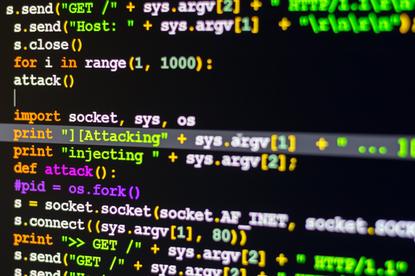Government funds ‘Cyber Training’ range for ADF
- 04 September, 2018 20:12

The Australian Defence Force (ADF) will get a ‘Cyber Training’ range to boost its information security training capabilities, the government announced today.
Under a three-year contract, Elbit Systems of Australia will deliver an “interim cyber range, network design and build, cyber range training, and teaching materials,” a government statement said.
Forty-nine “cyber warfare specialists” that graduated from ADF’s inaugural Accelerated Defensive Cyber Training course will be the first to use the service.
“The Australian government is committed to strengthening its cyber capabilities to protect Defence and other critical government systems from malicious cyber intrusion and disruption,” defence minister Christopher Pyne said in a statement.
“The Cyber Training range will be used by Defence personnel for training on cyber-terrain and associated systems that our cyber workforce is responsible to defend.”
The 2016 Defence White Paper said that the government would work to “strengthen Defence’s cyber capabilities to protect itself and other critical Australian government systems from malicious cyber intrusion and disruption.”
“Enhancing the resilience of Defence networks, including networks used by our deployed forces, and the capability of the Australian Cyber Security Centre are key areas of focus in strengthening Australia’s cyber defences,” the document said.
“This will include considerable new investment in strengthening the Defence cyber workforce, including new military and APS positions and training programs.”
Anti-drone tech goes mobile
ASX-listed Department 13 International Limited announced today that the first mobile prototype of its counter-drone MESMER system has been launched.
The MESMER software has been integrated into a Thales-built Bushmaster vehicle, allowing mobile operation of the system, the company said.
The system targets the radio signals used to control drones. It combines a Linux-based server, software defined radios, and an RF front-end. Typically it would be controlled using either a desktop PC or a touchscreen tablet through a GUI.
“We continue to drive innovation within the MESMER product itself and will continue to work collaboratively with all stakeholders in the counter-unmanned aircraft system market, both within Australia and abroad, to innovate and drive growth in capabilities and adoption of C-UAS technologies,” D13 CEO Jonathan Hunter said in a statement.
